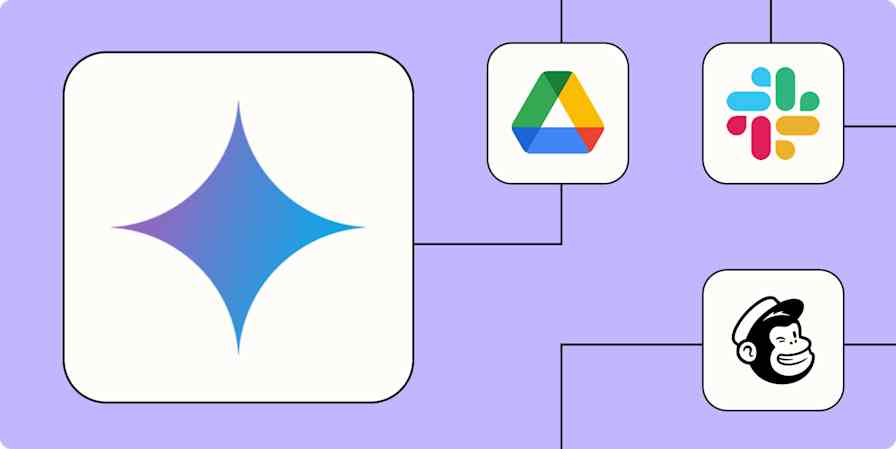In global logistics, every second counts. For Bergen Logistics—a leading third-party logistics provider supporting high-growth fashion and lifestyle brands—even the smallest inefficiencies can add up fast.
When YP Wang stepped into his role as Head of Data Science at Bergen, he didn't chase the flashiest optimization project. Instead, he zeroed in on something deceptively simple, yet impactful: onboarding new clients.
Each time Bergen signed a new customer, their pricing details—buried in a Schedule A within a contract PDF—had to be manually extracted and keyed into the company's warehouse management system (WMS). "Someone had to pull that data out manually and enter it into our WMS," said YP. "It was time-consuming and error-prone."
The process slowed down onboarding, introduced the risk of human error, and strained team resources as Bergen scaled.
That's when YP started building a solution. Before jumping into the automation itself, he used Zapier Canvas to map out the entire process, from contract upload to final data entry in their WMS.
Canvas gave me a bird's-eye view of how everything needed to work—before I automated a single step.
YP Wang, Head of Data Science
Once the plan was in place, he used Zapier and AI tools to bring it to life. In mere minutes, PDF contracts turned into structured pricing data. "This workflow is already saving us time and effort," says YP. "It also increased the accuracy rate of our billing system, which reduces the risk of costly refunds to clients."
Bergen Logistics's results:
Time savings thanks to automating contract intake.
Improved billing accuracy by eliminating manual input errors.
Scalable onboarding to match growth without increasing headcount.
Automating contract intake to save time and reduce errors
Manual contract data entry wasn't just tedious, it created avoidable mistakes that could snowball into billing errors or client dissatisfaction. With Bergen's rapid growth, YP needed a solution that would both scale and ensure accuracy.
"The process started with a PDF. We'd extract the Schedule A pricing terms, convert them into a structured format, and then manually enter them into internal systems," YP says. "Now, we use Zapier and AI to automate the entire first half of that workflow."
Here's how the automated process works:
Contract upload and extraction: When a new client contract is uploaded to Google Drive, Zapier triggers a workflow that extracts the pricing data from the contract's Schedule A section and saves it to Google Sheets.
Fee mapping: The SalesOps team reviews the extracted data and manually maps each pricing item to internal terminology used by Bergen's system, CloudX.
Data validation: Zapier then sends the structured data to a PostgreSQL database. From here, the data is automatically validated against historical pricing benchmarks to ensure consistency and avoid duplicating fees for existing customers.
Fee enrichment: If certain service fees aren't explicitly included but should be inferred based on other line items, the system adds those automatically.
System integration: Once the data is validated and enriched, Zapier sends it directly into CloudX, completing the process without manual data entry.
Zapier is critical in this workflow—getting structured data from a contract into a usable format.
YP Wang, Head of Data Science
Before automation, one or two employees would spend hours manually entering each contract. Now, the process runs in the background—accurate, fast, and nearly hands-free.

Looking ahead: A culture of experimentation
For YP, this is just one step in a larger automation journey. He's experimenting with Chatbots, AI agents, and Zapier Tables to support analytics and improve how internal teams access insights.
"We're actively building and refining Zaps to explore what's possible across departments," he says. "Zapier lets us move fast, test ideas, and turn experiments into workflows that actually scale and reduce manual labor and help non-technical users access critical data with ease."
With AI-powered automation at the center of their operations, Bergen Logistics is building systems that can scale alongside their clients—and setting a new benchmark for efficiency in logistics.
About Bergen Logistics
Company size: 400+ employees
Industry: Transportation/Logistics
Location: North Bergen, NJ










